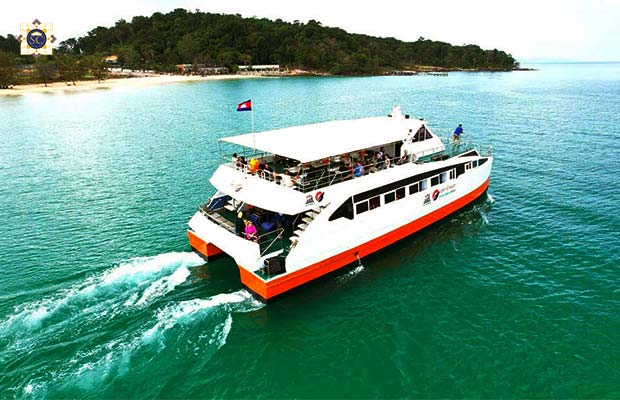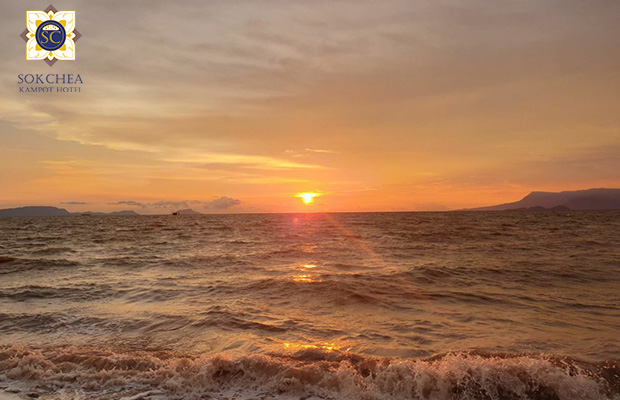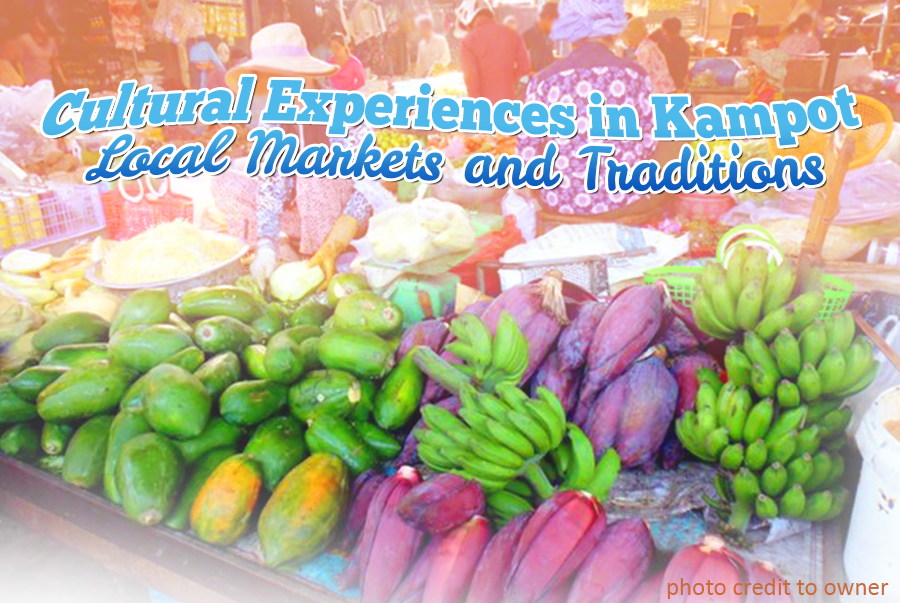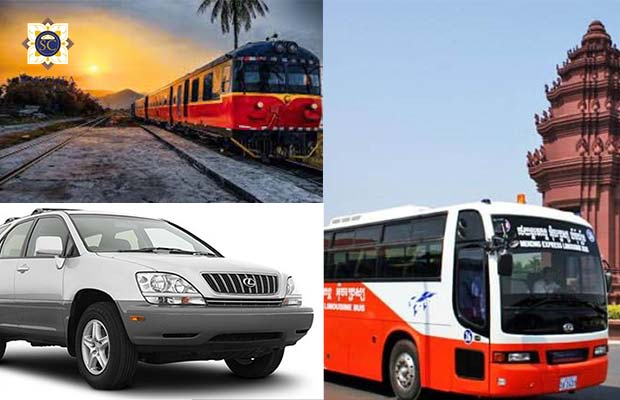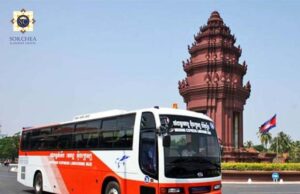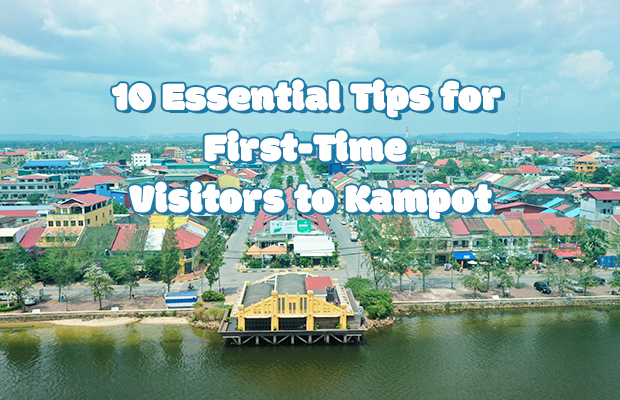A Sunset River Cruise in Kampot is a popular activity that allows visitors to enjoy the stunning natural beauty of the Kampot River while witnessing a breathtaking sunset. Kampot River and its picturesque surroundings. The river is flanked by lush greenery, and you’ll have the opportunity to admire the natural beauty of the area as you cruise along. Sunset River Cruises in Kampot are known for their relaxed and laid-back atmosphere.
You’ll have the chance to unwind and enjoy the tranquil surroundings as you cruise along the river. The highlight of the Sunset River Cruise is, of course, the sunset itself. As the sun begins to set on the horizon, casting a golden glow over the river, you’ll have a front-row seat to this breathtaking natural spectacle. The colors of the sky change from hues of orange to pink and purple, creating a magical ambiance. Many Sunset River Cruises in Kampot offer complimentary drinks and refreshments onboard. You can sip on a refreshing beverage as you soak in the views and enjoy the sunset.
The stunning sunset and scenic views along the Kampot River provide excellent opportunities for photography. Whether you’re an amateur photographer or a seasoned pro, you’ll want to capture the beauty of the sunset and the surrounding landscape. Some Sunset River Cruises may include live music or entertainment onboard, adding to the overall ambiance and enjoyment of the experience. Sunset River Cruises in Kampot typically last for around 1-2 hours, allowing you to fully immerse yourself in the experience without it feeling rushed.
Overall, a Sunset River Cruise in Kampot offers a memorable and enchanting experience that allows you to witness one of nature’s most beautiful phenomena while enjoying the serene beauty of the Kampot River. It’s a perfect way to unwind and create lasting memories during your visit to Kampot.

